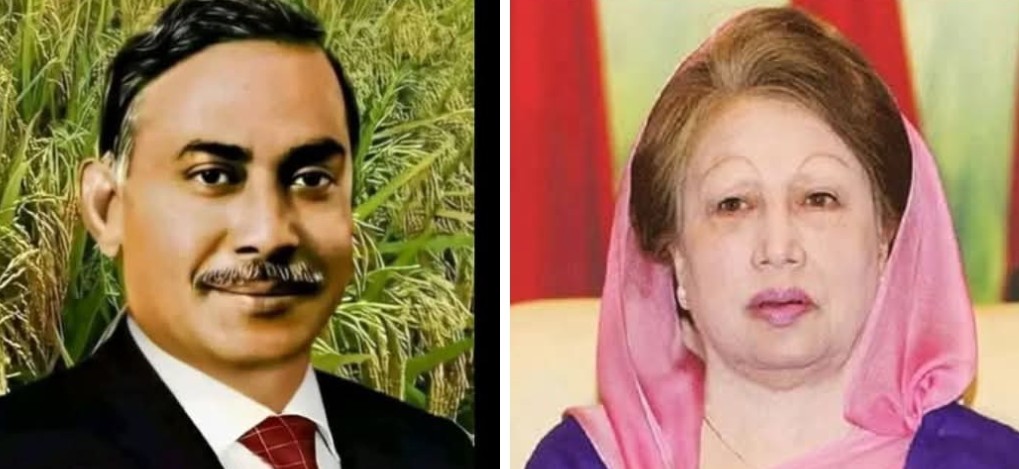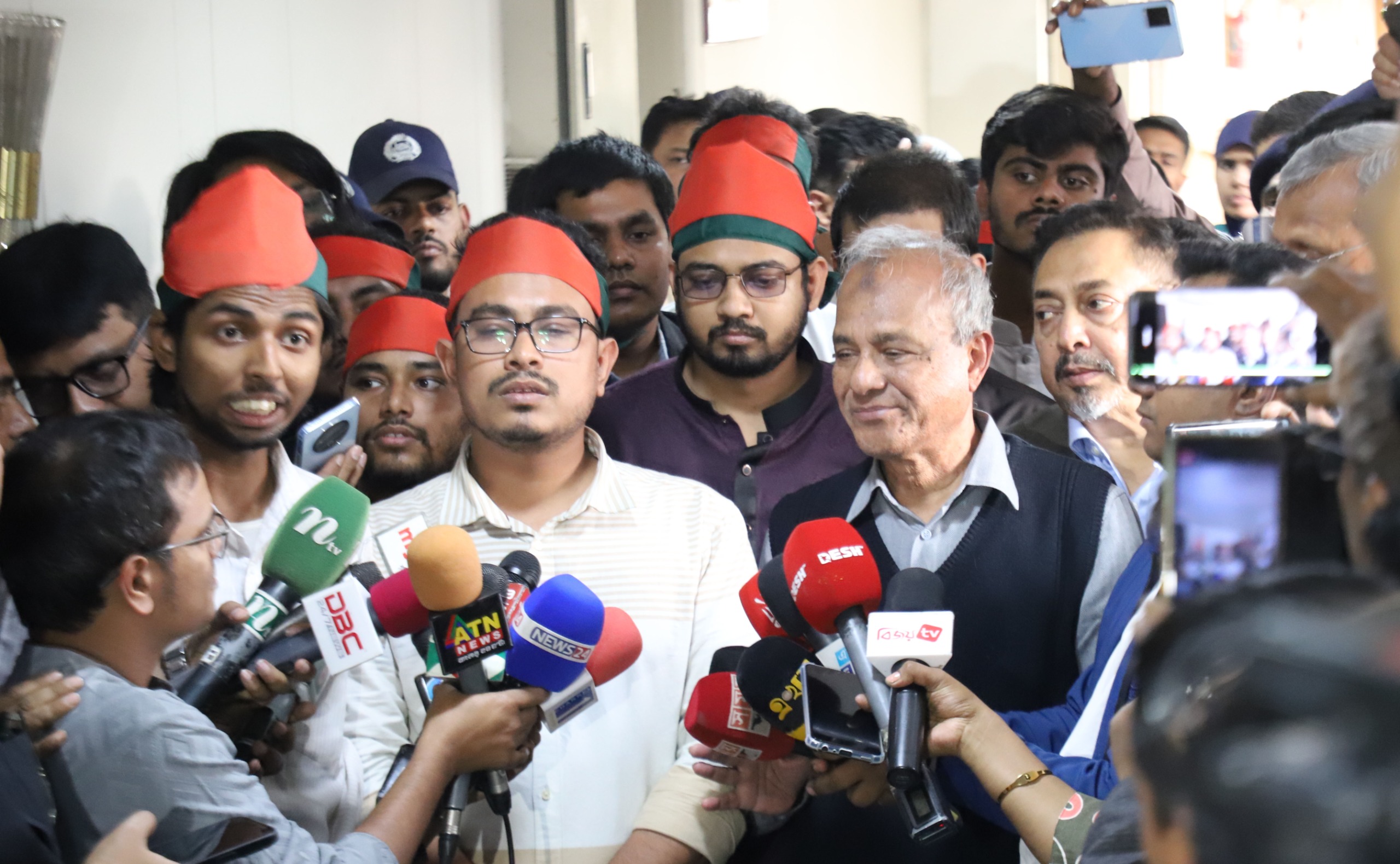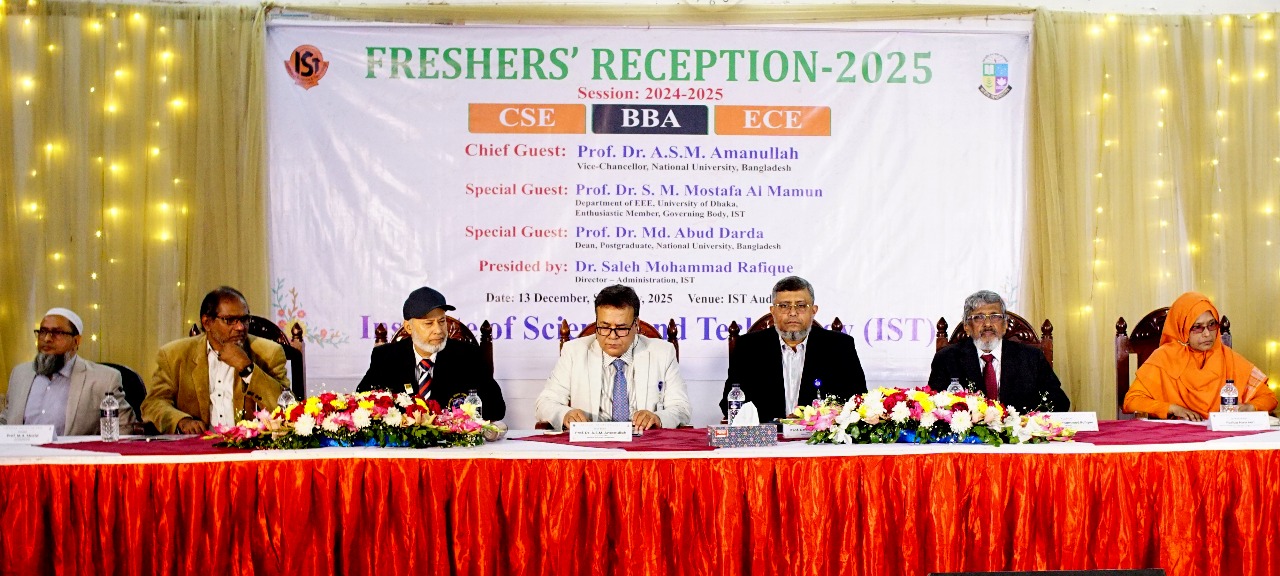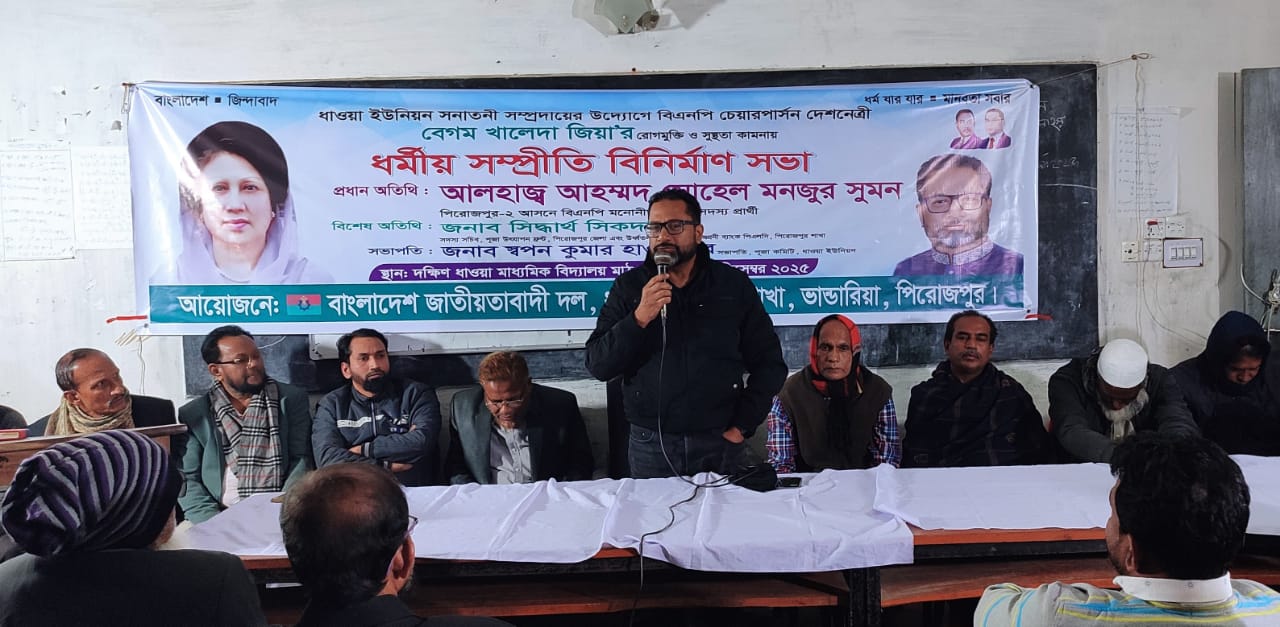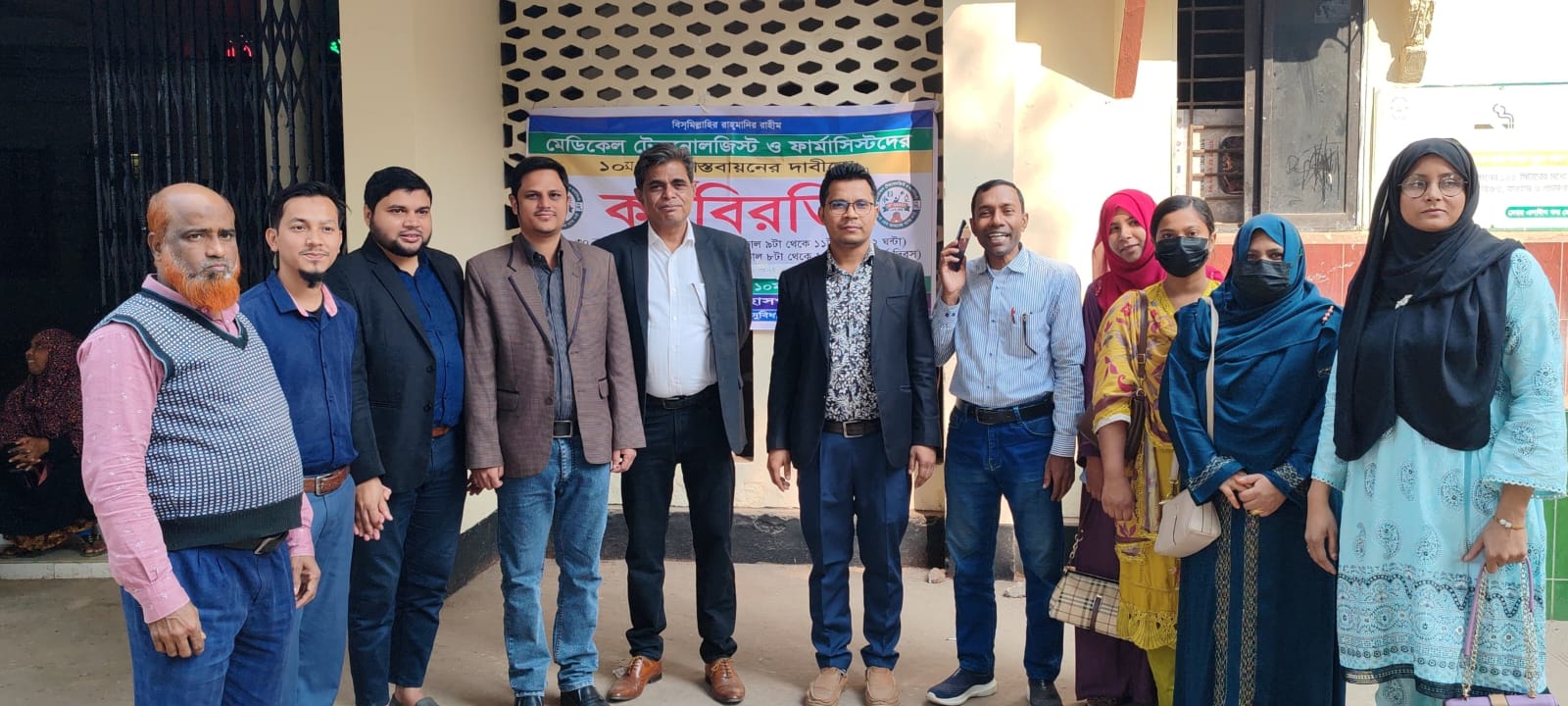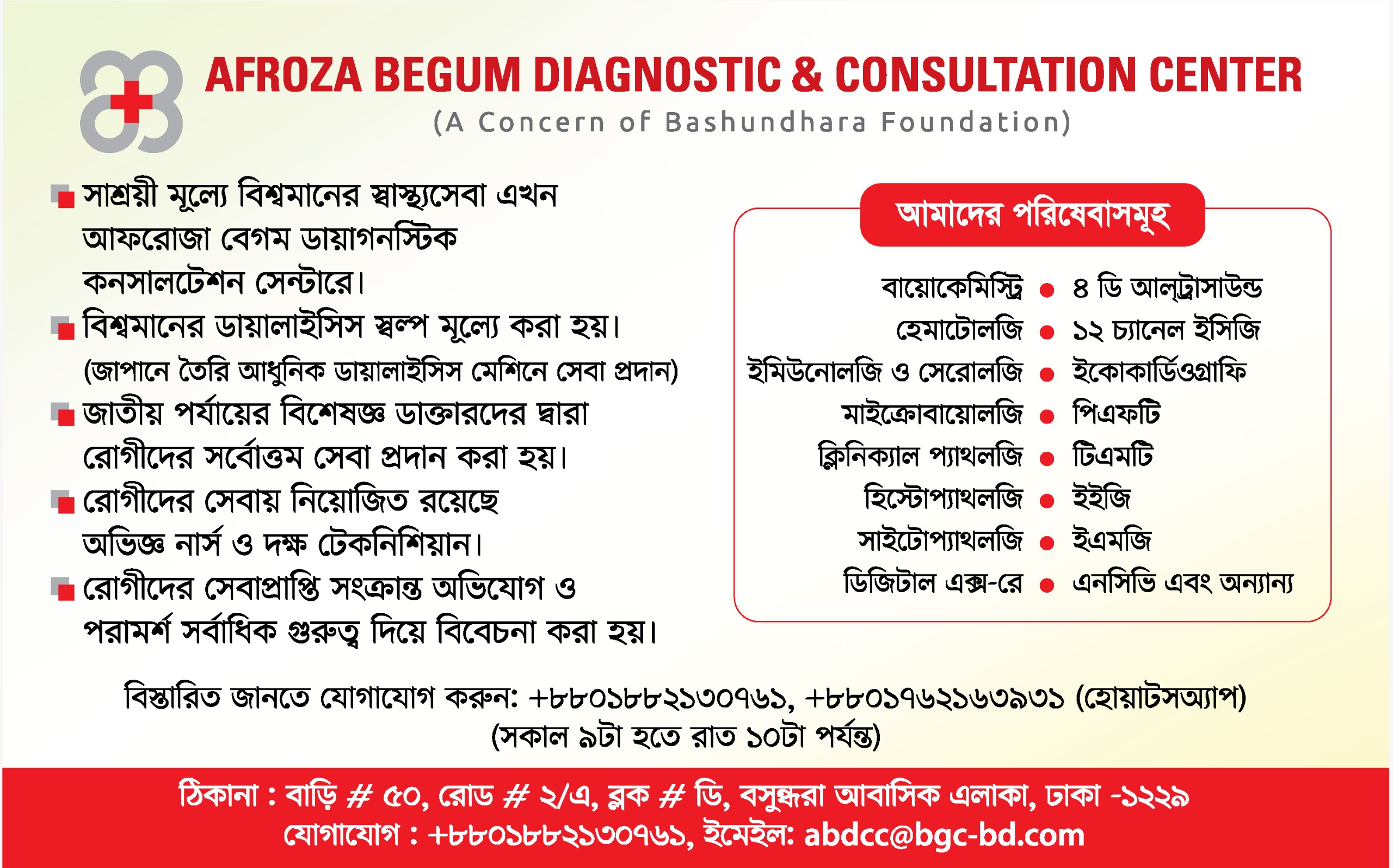What is Marriage? Types and Importance of Marriage

- আপডেট : বৃহস্পতিবার, ৩০ নভেম্বর, ২০২৩
- ৮৯২ বার দেখা হয়েছে
Marriage is defined differently, and by separate entities, based on cultural, religious, and personal factors.
A commonly accepted and encompassing definition of marriage is a formal union and social and legal contract between two individuals that legally, economically, and emotionally unites their lives. The contractual marriage agreement usually implies that the couple has legal obligations to each other throughout their lives or until they decide to divorce. Being married also gives legitimacy to sexual relations within the marriage. Traditionally, marriage is viewed as having a key role in preserving morals and civilization.
There are 25 different types of marriage: (1) Civil & Religious marriage, (2) Interfaith marriage, (3) Common-Law marriage, (4) Monogamous marriage, (5) Polygamous marriage, (6) Left-hand marriage, (7) Secret marriage, (8) Shotgun marriage, (9) Mixed marriage, (10) Same-sex marriage, (11) Love marriage, (12) Arrange marriage, (13) Convenience marriage, (14) Zombie marriage, (15) Group marriage, (16) Parenting marriage, (17) Safety marriage, (18) Open marriage, (19) Court marriage, (20) Time-bound marriage, (21) The Partnership, (22) The Independents, (23) The degree seekers, (24) The ‘Traditional’ roles, (25) The companionship.
1.Civil & Religious marriage: There are two different types of marriages, often combined into one. Civil marriage is when the marriage is recognized by the state, while a religious marriage is when the recognition is received from a religious body like a local Kazi.
Religious marriage is about wed in the eyes of Almighty (or whichever deity one believes in), Civil marriage is about being wed in the eyes of the Law.
2. Interfaith marriage: Interfaith marriage is a marriage between spouses professing different religious. Sometimes it is called as ‘mixed marriage’. Muslim men are allowed to marry non-Muslim women as long as their brides are “people of the Book”-Christians or Jews, both of whom recognize Abraham. A Muslim woman, however, cannot marry a non-Muslim man unless he converts.
3. Common-Law marriage: A marriage undertake without either a Civil or Religious ceremony. In a common-law marriage, the parties simply agree to consider themselves married. The common-law marriage is a rarity today, mainly because of the legal problems of property and inheritance that attend it in complex urban societies.
Where common-law marriage was recognized, the only requirement was mutual agreement to undertake matrimonial relations. Such marriages, however, were subject otherwise to the same strictures on age and sanguinity as formal marriages. A formal marriage that had been defectively solemnized was often declared valid as a common-law marriage.
4. Monogamous marriage: Monogamy is defined as marriage with only one person of having only one mate. It is a relationship with only one partner at a time, rather than multiple partners. A monogamous relationship can be sexual or emotional, but it’s usually both.
Many modern relationships are monogamous. But even if they want to be just one partner, some people have trouble staying monogamous. This can be lead to infidelity, separation, breakups, and divorce.
5. Polygamous marriage: Polygamy is a type of relationship that typically involves a person marrying more than one partner. Polygamy is the opposite of monogamy, where one person marries one spouse. There are generally four forms of polygamy: (i) Polygyny–is the specific form of polygamy where a man marries multiple wives. (ii) Polyandry-is the specific form of polygamy where a woman marrying multiple men. (iii) Group marriage-is when several men and women marry each other. This is rarer form of polygamy. (iv) Polyamory-is a type of relationship where a person has multiple partners. All partners typically know of each other and are aware that they are in a polyamorous relationship.
6. Left-hand marriage: A Left-hand marriage is when a man of high status marriages a woman of lower status, but she and their children don’t have any rights to his title or possessions. This type of marriage is mostly seen in royal families. This type of marriage is also known as Morganatic marriage.
7. Secret marriage: It is a way for couples to marry without public knowledge. Anybody may want a Secret marriage to protect themselves or their family from embarrassment. Perhaps a couple has been living together for a long time and everyone thinks that they are already married. Or an unwed mother thinks they are already married. Or an unwed mother planning on married the father may want the marriage certified to show the wedding date as prior to the child’s birth date.
8. Shotgun marriage: A shotgun wedding is a wedding arranged in response to pregnancy resulting from premarital sex.
9. Mixed marriage: It is a marriage between two people of different races or religious. There are 3 different names of mixed marriage; (i) Interfaith marriage, (ii) Intermarriage, (iii) miscegenation.
10. Same-sex marriage: Same-sex marriage is the practice of marriage between two men or between two women. Although same-sex marriage has been regulated through law, religion, and custom in most countries of the world. Same-sex marriage also known as gay marriage, is the marriage of two people of the same legal sex. As of 2023, marriage between same-sex couples is legally performed and recognized in 34 countries.
11. Love marriage: A love marriage is a marriage of two individuals based upon mutual love, affection, commitment and attraction. It refers to a material union in which the individuals involved choose their life partners based on their personal feelings of love and affection towards each other, rather than relying on arranged marriages or other external factors such as social status, financial considerations, or family obligations. It is a marriage that is primarily driven by the emotions and romantic attachment between the two individuals.
12. Arrange marriage: Arrange marriage is a marriage in which the parents choose the person their son or daughter will marry. In this system, the marital partners may also choose by community leaders, matchmakers, or religious leaders in an effort to guide young people through the process of finding the right person to marry.
13. Convenience marriage: Convenience marriage contracted for reasons often than that of love and commitment. Instead, such a marriage is entered into for personal gain, or some other sort of strategic purpose, such as political marriage. There are some cases in which those married do not intend to live together as a couple, and typically got married only for one of them to gain the right to reside in a country. This type of marriage are often contracted to exploit legal loopholes of various sorts.
14. Zombie marriage: A zombie is a dead person brought back to life without the ability to speak or move easily. Zombie marriage looks alive and well but for one, or maybe both partners, something has died. Just like zombie in the movies, these marriages can stagger on for surprisingly long, but they are also incredibly vulnerable.
other.
15. Group marriage: Group marriage is a marriage of several men with several women. In this system of marriage three or more adults enter into sexual, affective, romantic, or otherwise intimate short or long term partnerships, and share in any combination of finances, residences, care or kin works. Group marriage is considered a form of polygamy. It is also called as conjoint marriage.
16. Parenting marriage: Two people who aren’t in love and are moving on in their personal lives live in the same house to act as a team for their kids. A parenting marriage is similar to partnership or business arrangement with healthy, happy, well-adjusted kids as the positive outcome.
Parenting marriage, a concept first coined by licensed therapist Susan Pease Gadona, is an alternative to traditional divorce arrangements. Sometimes called platonic marriage, it develops out of love and dedication to a couple’s children.
17. Safety marriage: A safety marriage is one in which both members of the couple feel safe. It is only when there is a foundation of safety that the individuals as well as the couple grow and mature. With it comes the intimacy that is only possible when people feel secure enough to be vulnerable. There are 4 golden rules of safety marriage—(i) don’t lie, (ii) keep your promises, (iii) argue productivity and always, always play nice.
18. Open marriage: An open marriage starts with ‘two individuals who’ve come together legally and spiritually’ but who permit one another to engage in sexual or romantic relationship with other people.
Open marriage relieves the pressure of having to fulfill all the emotional and sexual needs of one partner.
19. Court marriage: Court marriage is done in front of the officer, in which 30 days’ time is given and after 30 days, the certificate is issued by the marriage officer, it is called court marriage.
If anybody loves someone and want to get married with him/her but if his/her family members are against the marriage then he/she wants to do court marriage or registered marriage.
20. Time-bound marriage: In order to create a time-bound plan, it is necessary to establish a clear timeline and define measurable objects or goals that can be achieved within the timeline. Marriages limited to a pre-established time period are a special case of marriages that are specified in advance to automatically end upon some conditions obtaining (other than the death of a partner).
Mutah nikah is a temporary marriage in Shia Islam that ends after affixed period of time. It is important to note that it is completely unaccepted in Islam according to most Scholars including many Shia Scholars.
21. The Partnership: A partnership is an arrangement between two or more people to oversee business operations and share its profits and liabilities. The marital partnership model sees marriages as a business partnership. It recognizes that both partners contribute energy, money, and time to the marriage. When a couple divorces, it stated agrees that the profits and losses of the marital partnership should be shared.
22. The Independents: It is a state where one feels liberated and can explore his/her individually. When this concept is applied to a marriage or relationship what we observe is that being independent in a relationship is attaining the ability to not depend upon his/her partner for livelihood and subsistence.
23. The Degree seekers: A couple in this type of marriage ceremony is in it to learn something. Many times the husband and wife in this relationship are quite different—–even opposites. One could be good at something, and the other not so much, and vice versa. So they possess skills the other would like to develop. In essence, marriage is like a school of life. They are constantly learning from each other.
24. The Traditional roles: Traditionally, women are seen as caregivers, nurturers, homemakers, and helpers. Men’s gender roles revolve around characteristics such as dominance, assertiveness, and strength. Traditionally men’s gender roles include breadwinner, leader, and protector.
25. The Companionships: Companionate marriage is a union in which the partners have mutual consent and equality. Its purpose is founded on companionship rather than a marriage’s traditional functionalities of raising children, gaining financial support, or having security.
mutual consent and equality. Its purpose is founded on companionship rather than a marriage’s traditional functionalities of raising children, gaining financial support, or having security.
Marriage in Islam: In Islamic law—or more specially, the marriage contract is called NIKAH, which already in the Qur’an is used exclusively to refer to the contract of marriage. In the Hans Wehr Dictionary of Modern Written Arabic, Nikah is defined as ‘marriage: marriage contract, matrimony, wedlock.’
Rules of marriage in Islam: The mutual consent of both parties to live as husband and wife does not constitute a marriage unless that consent is expressed publicly and in the presence of witnesses. An essential feature of the Islamic marriage is therefore the publication of the news by the parties to a gathering, preferably in a public place.
Steps of marriage in Islam: (i) Mutual agreement to marry between the Bride and Groom (Qubul), (ii) Two sane adult Muslim witnesses, (iii) Mahr (gift) to be given by the Groom to the Bride, (iv) Guardian (wali) for the Bride.
Prophet’s (sm) instruction about marriage: Prophet Muhammad (sm) advised Muslims to marry. He (sm) forbade the practice of bachelorhood. He (sm) said, Marriage is my precept and my practice; Those who do not follow my practice are not of me. He (sm) also said, when a man has married, he has completed one half of his life.
Types of marriage allowed by Islamic jurisprudence: Only two types of marriage those are allowed in Islamic jurisprudence, (i) Monogamous: in this type only one person having only one mate; (ii) Polygyny: it is the specific form of marriage where a man marries multiple wives (not more than 4) strictly following certain terms and conditions enforced by Islamic jurisprudence. Polygyny is justified by the third verse of Surah-al-Nisa: participating in upto four contemporaneous marriage was traditionally allowed for any man with two conditions: (i) physically capable of doing so, (ii) that he treats his wives justly. The reality is that Islam has given this permission to encourage marrying women orphans.
Conclusion: At the end of this article we shall try to discuss the importance of marriage. We can identify 5 reasons those are important of marrying: (i) Beginning—marriage is the beginning –the beginning of the family–and is a life-long commitment. Marriage is more than a physical union; it is also a spiritual and emotional union. (ii) Oneness—when a man and a woman get married, the two become one. Marrying gives a life partner, a teammate, as we move through the challenges of the life together. (iii) Purity—-Marriage is designed for purity. The bond of marriage gives us to support to defeat temptation by engaging in deep, satisfying love. (iv) Parenting—-Marriage produces a child is one of life’s greatest blessings. When children are raised in a healthy marriage, they get a front row seat to see and experience the lasting benefits of a strong family. (v) Love—-Marriage is designed to mirror our creator’s unconditional love for us. When a man and a woman love one another unconditionally, contentment and joy follow. In the Holy Qur’an Almighty Allah says, And marry those among you who are single and those who are fit among your male slaves and your female slaves; if they are needy. Allah will make them free from want out of His grace; and Allah is Ample-giving, knowing (Surah-an-Nur,24:32). The Prophet Muhammad (sm) says, No house has been built in Islam more beloved in the sight of Allah than through marriage.




